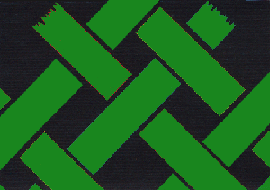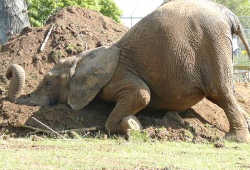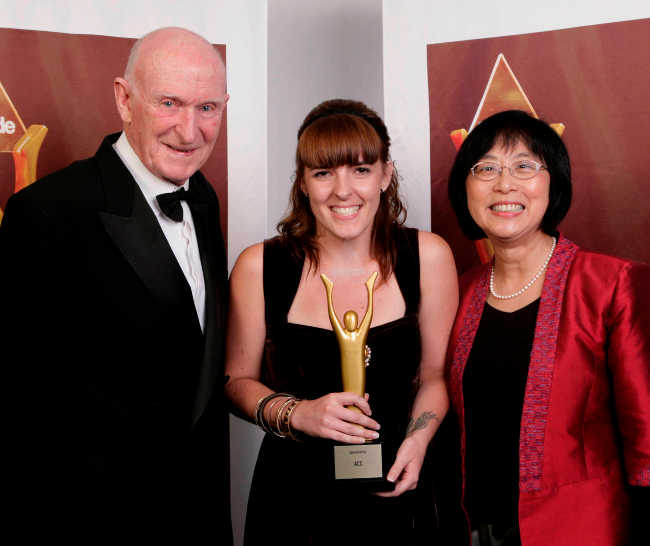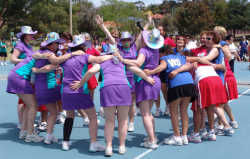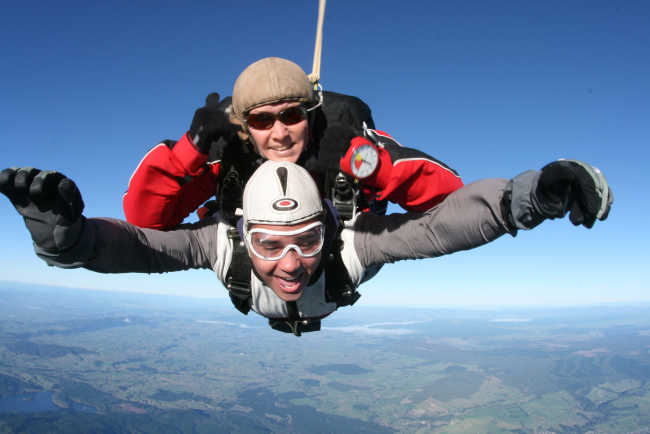Turi Hollis – 21/1/00
|
|
An address given by The Ven. Turi Hollis, University Chaplain, University of Canterbury, to the National Forum on Education, organised by Canterbury University on 17 November 1999.
One of the things that the University of Canterbury is proud of is that one of its early graduates was the esteemed Maori leader, Sir Apirana Ngata. The Maori Department has a wall hanging from the 1994 centennial celebrations which recalls Ngata’s words which are often quoted:
E tipu, e rea, Mo nga ra o tou ao; Ko to ringa ki nga rakau o te Pakeha Hei ara mo to tinana, Ko to ngakau ki nga taonga a o tipuna Maori Hei tikitiki mo to mahuna, Ko to wairua ki to Atua, Nana nei nga mea katoa.
A translation of this is:
Grow up and thrive For the days destined to you, Your hands to the tools of the Pakeha To provide physical sustenance, Your heart to the treasures of your Maori ancestors As a diadem for your brow, Your soul to your God To whom all things belong.
Sir Apirana Ngata was well educated in the worlds of both Maori and Pakeha. These words encapsulate the vision that he wanted to pass on to succeeding generations: they were to learn, to take hold of all the tools that would help them to prosper. How real are these words for today’s generations?
Ko wai ahau? (Who am I?) My name is Turi Hollis and I am the Ecumenical Chaplain at Canterbury University. Although I do not have academic qualifications in the field of education, I have an interest in education for Maori that spans many years. In recent years, from 1995 until June last year, I was an advisor on Maori education to the Education and Training Support Agency, now called Skill New Zealand. In this role I had opportunities to have an in-put into the development of educational policies for the educating of Maori. As chaplain here at Canterbury I am privileged to share the lives of many of the Maori students and learn how they are faring in this institution.
My experience as a child A story that I have often repeated about myself concerns an incident that occurred when I was in standard 2, at Allenton Primary School in Ashburton. It was the end of the day and there was a bit of time to fill in before we could go home. The teacher decided to go around the class and ask everyone what they wanted to do when they left school. When it came to my turn I said that I wanted to be either a lawyer or a diplomat. The teacher laughed. She thought it was hilarious that I should think of becoming either of those things. I remember the words that she said quite clearly:
“Don’t be stupid, where did you get those ideas from? You’re a Maori and the only thing a Maori is good at is standing at the end of a shovel. Forget any of those high-faluting ideas you’ve got!!”
As a child of eight or nine, I was devastated. The other kids in the class laughed and made fun of me. The teacher was quite serious in what she said and reiterated it to me several times during the year. I ran away from school as often as I could, only to have my mother chase me down the street with a willow stick shouting: “Get to school!!” My parents were of the generation where the teacher was always right. If anything went wrong it was always our fault, not the teacher’s. This was even the case when one of my sisters returned home from school one day with a whelp mark on her face. Her teacher hated Maori. On this day she lost control and whacked my sister across the face with a ruler, calling her all the black language she could think of.
My mother’s first language was Maori. It was forbidden to speak Maori within the school grounds that she attended on the East Coast. As a consequence of the punishment that was inflicted on her whenever she spoke Maori at school, in her later life she always got tongue-tied when it came to speaking Maori in a conversation. She had no problem singing Te Reo but she avoided getting into conversations.
My father’s mother spoke only Maori but my father was brought up with both English and Maori because his father spoke English very well. My father, however, forbade the use of Maori in our home unless it was waiata or haka and even then we had to have good reason for it. My father had developed this attitude because his school teachers had convinced him that knowing and using English was the only way to get ahead in this world.
I am pleased to tell you that despite these teachers and our experiences in the compulsory education system, my sister and I survived. I actually became a diplomat for Aotearoa/New Zealand after completing a masters degree in history from the University of Waikato. Some years later I also gained a Bachelor of Theology from the Melbourne College of Divinity. As a mature student my sister Tai was able to complete a degree in nursing at Manukau Polytechnic. Out of the ten children in our whanau (family), however, we have been the only two to complete university study.
Current Situation of Maori at Universities in Aotearoa/New Zealand In the 1998 report by Te Puni Kokiri on Progress Towards Closing Social and Economic Gaps between Maori and Non-Maori, the report states that:
One of the key features of Maori development during the past five years has been the increase in the number of Maori participating in all levels of education. Since 1992, Maori enrolments in early childhood education increased by 26.1% and Maori tertiary enrolments by 29.8%
Table 1: Number of Maori enrolled in formal education programmes
| Sector | 1992 | 1997 | % Growth |
| Early childhood | 24,342 | 30,703 | 26.1 |
| Schools | 126,176 | 140,873 | 11.6 |
| Tertiary | 18,200 | 23,617 | 29.8 |
| Total | 168,718 | 195,617 | 15.7 |
Source: Progress Towards Closing Social and Economic Gaps Between Maori and Non-Maori, Table 1, p10.
Table I shows the increases in these three different sectors. While this increase is to be celebrated, when compared to the growth in population, it is clear that there is still plenty of room for improvement. In tertiary education considerably more Maori students are on programmes run by Private Training Education Institutions (PTEs), Polytechnics and Whare Wananga than at the seven universities. Whare Wananga are the Maori Universities centred at Otaki, Opotiki, Te Awamutu and Rotorua.
The 1998 annual report of the Ministry of Education on Maori Education states that:
Over the past five years there have been considerable increases in the number of Maori participating in tertiary education and training. Although this has to move through to the university sector, it nevertheless highlights a positive trend. What seems to be happening is that Maori as young adults are returning to education after realising that they have the potential to develop their skills. In many cases their involvement in early childhood education alongside their children becomes the catalyst for drawing them back into education, but this time with the confidence and resolve to succeed. (Nga Haeata Matauranga, Te Tahuhu o Te Matauranga/Ministry of Education Annual Report on Maori Education 1997/98, p37.)
Mature Maori entering tertiary education Thus, the trend is that mature Maori are taking up some form of tertiary educational programmes after having left secondary school with few or no qualifications. Other trends that are occurring are:
103% increase in Maori enrolments since 1990 The total number of Maori participating in universities, polytechnics, colleges of education and wananga has increased by 103 percent since 1990.
Of the total number enrolled at Tertiary Education Institutions(TEIs) as at 31 July 1997 (214,228), 11 percent (23,617) identified themselves as Maori. This compares with 4.7 percent in 1990.
Maori at Private Training Establishments and TEIs participate in larger numbers in courses, such as certificates and diplomas, than non-Maori, and in lower numbers in courses, such as postgraduate degrees.
Maori enrolments are heavily concentrated around certain subject areas, such as education and humanities, and not highly represented in others, such as engineering and science. (Nga Haeata Matauranga, Te Tahuhu o Te Matauranga/Ministry of Education Annual Report on Maori Education 1997/98, p37.)
No doubt most of you are already aware of these trends and this report tells you little which you did not already know. It is very positive in its outlook. However, the Closing the Gaps report by Te Puni Kokiri says that:
Through out the 1980’s there was some reduction in the disparities between Maori and non-Maori educational participation and achievement. However, over the past five years [i.e. 1992-1998], there has been little and in some cases no change in the disparities.
So, where are Maori going? In 1997, Maori were almost five times more likely than non-Maori to enrol as trainees in Training Opportunities Programmes (TOPs).
38.5% of Maori students attended a polytechnic (with a significant number enrolled in skill development programmes), whereas, non-Maori were more likely to be enrolled at a university. (See Appendix 1)
Table I showed that there has been an increase in the number of Maori students attending tertiary education. In spite of this increase, Maori continue to be far less likely than non-Maori to participate in tertiary education.(See Appendix 2)
There is a trend for older Maori to attend some form of tertiary education compared to the rapid decline in the non-Maori participation.
Maori are enrolling at universities in increasing numbers, but the social and economic problems that living in the bigger cities brings can be overwhelming for young Maori and too costly for mature Maori.
Read NZine in the next two weeks for Parts 2 and 3 of the address by Turi Hollis Part 2 – Problems of access and participation by Maori in university study Part 3 – The need for Maori to gain tertiary qualifications – the need for some changes by the universities

